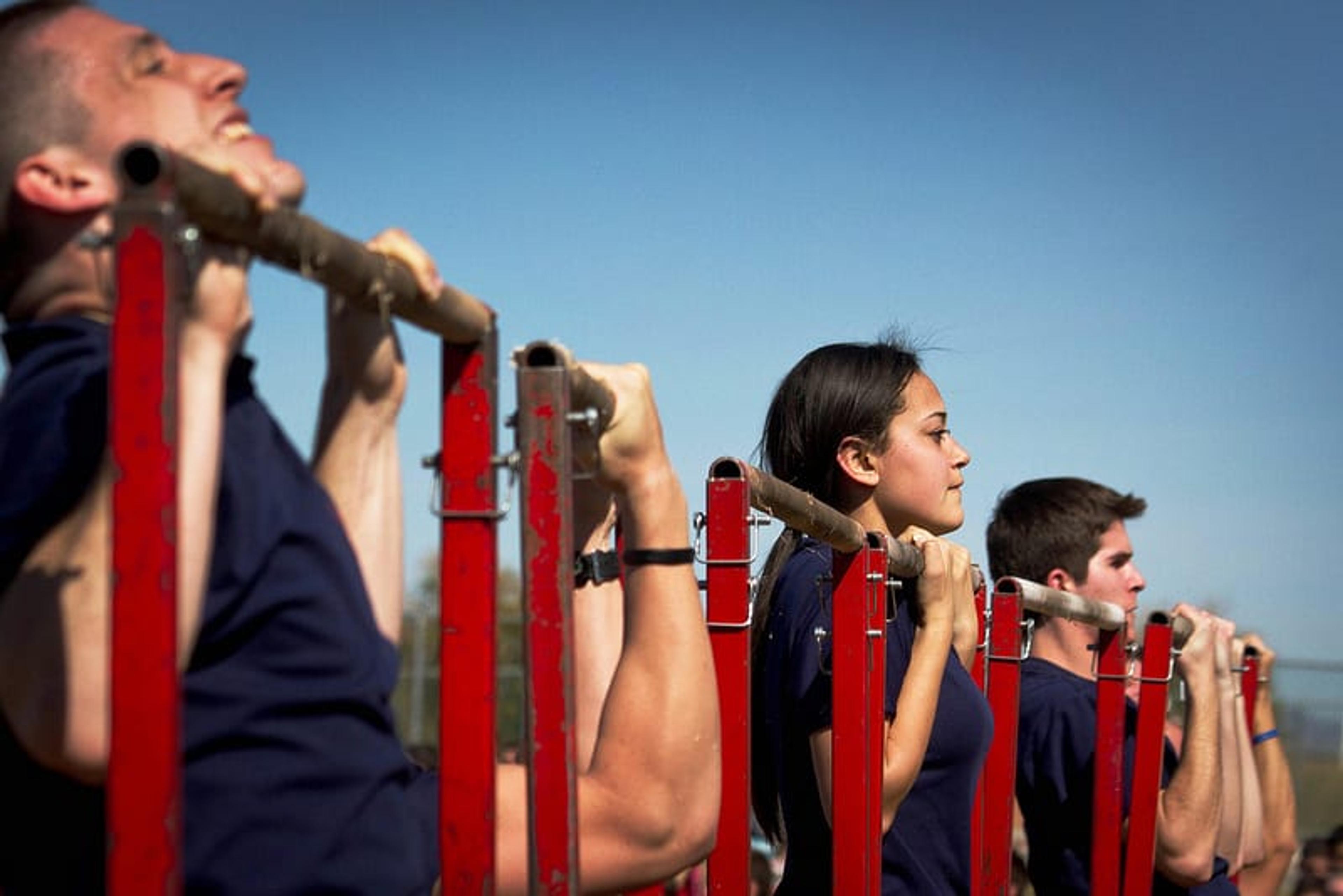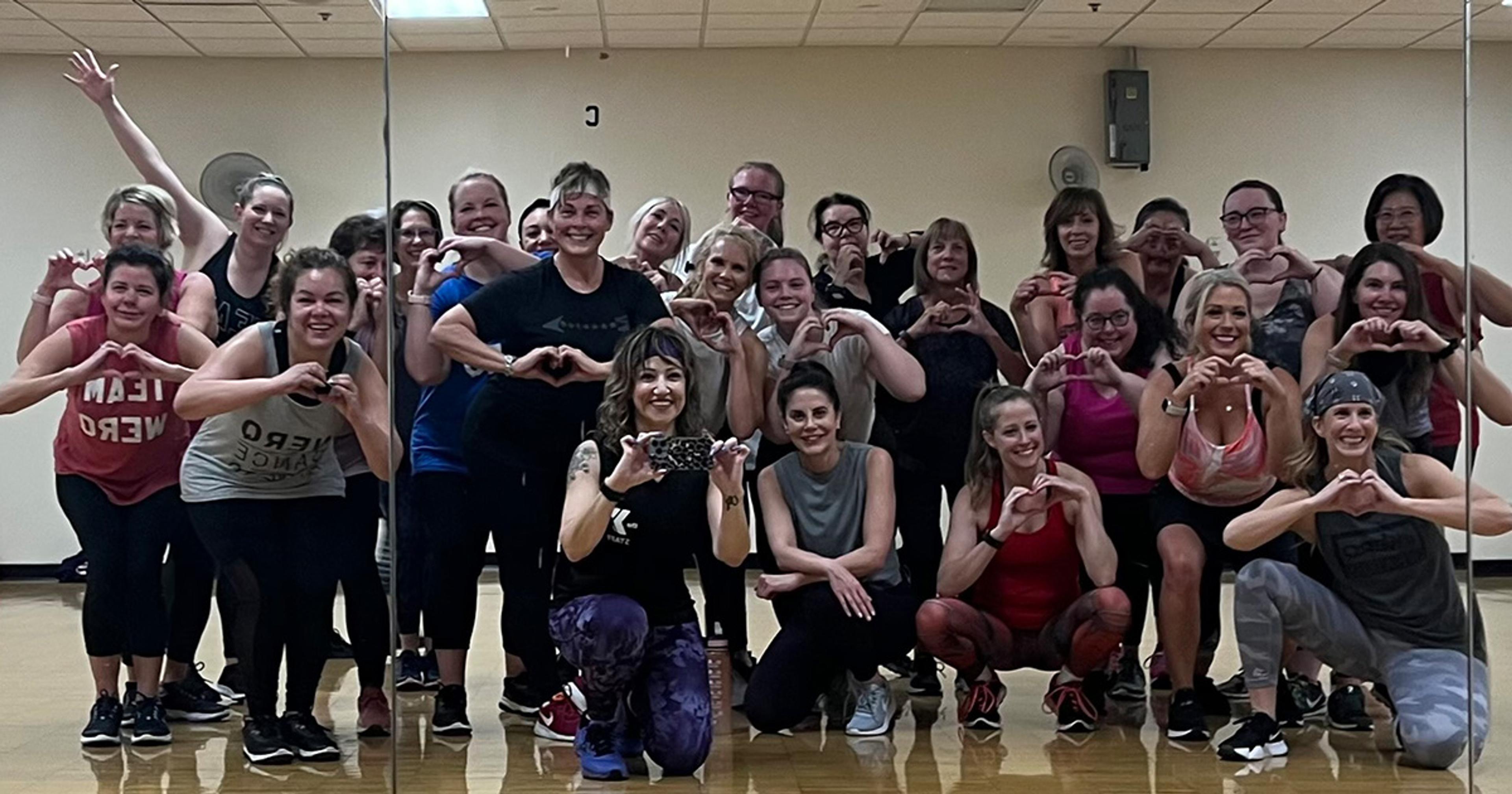Sexist or science? The debate about women and pull-ups
| 3 min read

On January 1, the U.S. Marine Corps announced that it would delay implementing a new pull-up requirement for female recruits after finding that 55 percent wouldn’t be able to pass. The updated test would require everyone in boot camp training – male and female – to perform at least three pull-ups in a row as part of their yearly fitness test.
This announcement brought up a highly debated question: Should women be able to do pull-ups? In 2012, The New York Times sparked a mini-controversy after publishing an article that explained why women allegedly can’t perform this physical feat. The argument stems from a study in which researchers put 17 normal-weight women who couldn’t do a single overhand pull-up through a rigorous training program to increase their upper-body strength and lower their body fat. Although all the women did build muscle and shed pounds, only four out of the 17 women could perform a single pull-up at the end of the study.
The results aren’t all that surprising. Women tend to carry more body fat than men and have a harder time building lean muscle mass, which makes pull-ups more physically challenging. However, many women (and men!) can learn how to do a pull-up by training the right muscle groups. With dedicated training, you should be able to reap the benefits of this complete upper-body workout that only requires one piece of equipment.
If you haven’t tried this move since elementary school gym class, these modified pull-up styles will help you train your body to get that chin up and over the bar. All can be done by installing an at-home pull-up bar:
- Negative pull-ups: Stand on a chair or a box, then pull your chin up over the bar with an overhand grip and your palms facing out (this hand position is proper pull-up form). If you don’t have a prop handy, you can also ask a spotter to hoist you up. Then, as slowly as possible, lower yourself down until your arms are straight. Resisting your body weight on the way down helps build muscle strength.
- Assisted pull-ups: Position your bar lower to the ground, and then sit underneath it. Grip the bar and pull yourself up. As you pull, you should be straightening your body until you’re lifting about 50 percent of your body weight. Keep your feet on the ground and knees slightly bent, and then lower yourself down until you’re back in seated position.
- Resistance pull-ups: Loop a stretchy resistance band over the bar, step one foot into the loop and cross your feet, and then pull your chin up over the bar. As you build upper-body strength, choose bands with lower resistance so you’re depending less on the extra assistance. This is how all the CrossFitters become so good at pull-ups.
- Jumping pull-ups: Stand below the bar with your hands on it, and then jump up and pull at the same time to lift yourself over the bar. The momentum from the jump will help you lift your chin over the bar while practicing proper technique and building strength.
Photo credit: U.S. Department of Defense Current Photos





